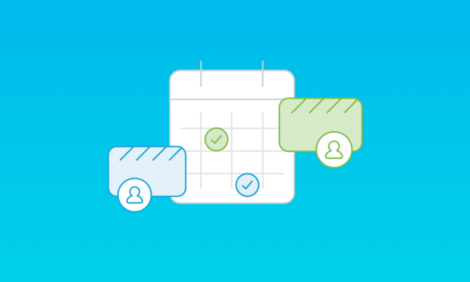
New Zealand employers: What you need to know for EOFY

There are a number of changes you need to know about this year, from increased minimum wages to new tax rates. We’ve made it as easy as possible for you to manage your EOFY tasks in Xero Payroll, by listing the key changes below. You can find more details over at Xero Central.
What you need to know
The following minimum wage changes are effective for any time worked from 1 April 2021:
- The adult minimum wage is increasing from $18.90 to $20.00 per hour
- The starting-out and training minimum wage rates is increasing from $15.12 to $16.00 per hour
The following changes are effective for any payments made from 1 April 2021. For example, if you are posting a March pay run that is paid on 1 April, the changes apply to the whole March pay run.
- The student loan repayment threshold is increasing from $385 to $390 per week. Xero takes care of this automatically for you.
- A new top tax rate of 39% has been added for income over $180,000. The existing 33% tax rate now applies to income between $70,001 and $180,000. Xero takes care of this automatically for you.
- A new Employer Superannuation Contribution Tax (ESCT) rate of 39% has been added. This applies where earnings plus superannuation is over $216,000. The existing 33% ESCT rate now applies where earnings plus superannuation is between $84,001 and $216,000.
- New secondary income tax codes have been added. The rate for SA and SA SL is 39% for estimated annual income greater than $180,000. The Accident Compensation Corporation (ACC) Earner’s Levy does not apply to these new tax codes.
- ST and ST SL secondary income tax codes have been changed. The rate of 33% stays the same, but these codes now apply where the estimated annual income is between $70,001 and $180,000. Previously this was for all income over $70,000. The ACC Earner’s Levy continues to apply to these tax codes.
There will also be changes to payday filing from 1 April 2021. Most changes are behind the scenes and will help improve the data that Inland Revenue receives. There will be some changes to the taxes page for employees in Xero Payroll in relation to KiwiSaver, which we’ve outlined below.
What you need to do
- Update the salary and wages information for employees on minimum wage, if necessary.
- Review your employees’ ESCT rates to make sure they’re based on what the employee actually earned the previous tax year. You should do this between your last pay run in March and your first pay run in April. You can review the ESCT rates from the employee’s taxes tab. Two Xero reports can help with this: the Annual Earnings Certificates report and the Gross Earnings report.
- Any employee on the ST or ST SL tax code whose total annual earnings from all jobs is likely to exceed $180,000 will need to provide an updated tax declaration form specifying the new SA or SA SL tax code.
- For existing employees, you won’t need to do anything to manage changes to payday filing. We’ll take care of the KiwiSaver options on the taxes tab, by automatically mapping the old values to the new ones. If you have a new employee, you’ll notice there are different options for KiwiSaver eligibility and contributions, which align to Inland Revenue’s requirements.
- It’s a good time of year to run a leave liability report and make sure your leave liability accounts are up to date. Also, check your PAYE in the balance sheet to make sure any amounts owing have been paid to Inland Revenue by the due date.
COVID-19 government schemes available
- Wage Subsidy Scheme: A new wage subsidy helps businesses pay staff, if their revenue has reduced because of the COVID-19 Level 3 alert that came into effect on 28 February 2021.
- Resurgence Support Payment: This payment supports businesses that have faced a reduction in income due to a COVID-19 alert level increase to Level 2 or higher.
- Leave Support Scheme: This is available to employers who need to pay staff that are required to self-isolate and can’t work from home.
- Short-term Absence Payment: A one-off payment is available to employers whose staff need to stay home while they, or their dependent, is awaiting a COVID-19 test result.
We hope this makes it easy to manage your payroll for year-end. As always, if you need a hand, our support team is here to help.
The post New Zealand employers: What you need to know for EOFY appeared first on Xero Blog.
Source: Xero Blog






